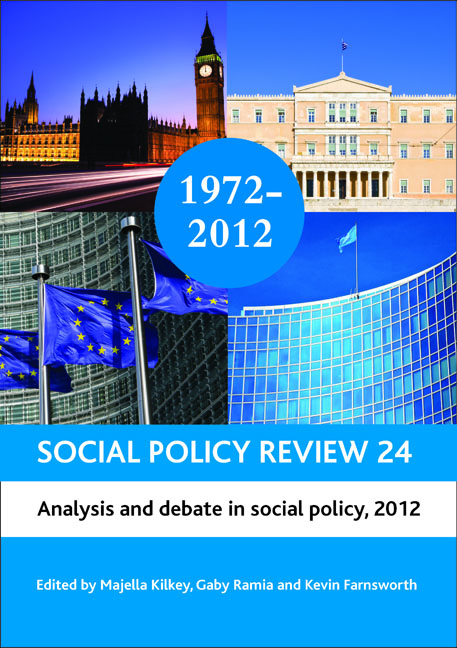six - Immigrant-targeted activation policies: a comparison of the approaches in the Scandinavian welfare states
Published online by Cambridge University Press: 07 September 2022
Summary
Introduction
Is there a fundamental contradiction between inclusive welfare policies and immigration? And can universal welfare states accommodate the increasing diversity characterising contemporary societies (Freeman, 1986; Alesine and Glaeser, 2004; Banting and Kymlicka, 2006)? These questions are much disputed in academic and public debate. Some argue that ethnic diversity poses no problem for liberal welfare states, but that it represents a dramatic challenge to social democratic welfare state types, as the latter have historically been rooted in uniform, homogeneous and collective class identities (Necef, 2001). However, a number of studies have been conducted to elucidate this presumed negative relationship, and the results are rather contradictory; ‘no smoking gun’ has been found (Larsen, 2010, p 3).
When examining the recent developments in European welfare states, we see that instead of a general downscaling of the welfare state, there have been tendencies towards ‘welfare chauvinism’, which means that immigrants are entitled to welfare services to a lesser degree than natives (Sainsbury, 2006; Breidahl, 2011a). It is therefore important to distinguish between: (1) the impact of immigration on the welfare state in general; and (2) the impact of immigration on the part of the welfare state that immigrants are entitled to and confronted with. This chapter focuses on the latter by analysing and comparing the development of activation policies for immigrants in Norway, Sweden and Denmark from the early 1990s until 2010 in order to shed light on the following overall question: are the features of the Scandinavian welfare states, such as redistributive income security, reflected in the activation policies introduced in order to promote and ease the integration of immigrants into the labour market?
By immigrants, this chapter refers to persons born outside of Scandinavia who have gained entry to a Scandinavian country to live there permanently and attained legal resident status. More specifically, the group in focus is newly arrived immigrants and the long-term recipients of social assistance with an immigrant background. There are many similarities in the history of migration to the three countries; however, the percentage of foreign-born residents in Sweden is almost twice as high as in Denmark and Norway: 13.9% of the Swedish population in 2008 had been born outside of the country, whereas the corresponding figure for Denmark was 7.3% and 10.3% for Norway (OECD, 2010, p 299).
- Type
- Chapter
- Information
- Social Policy Review 24Analysis and Debate in Social Policy, 2012, pp. 117 - 136Publisher: Bristol University PressPrint publication year: 2012



